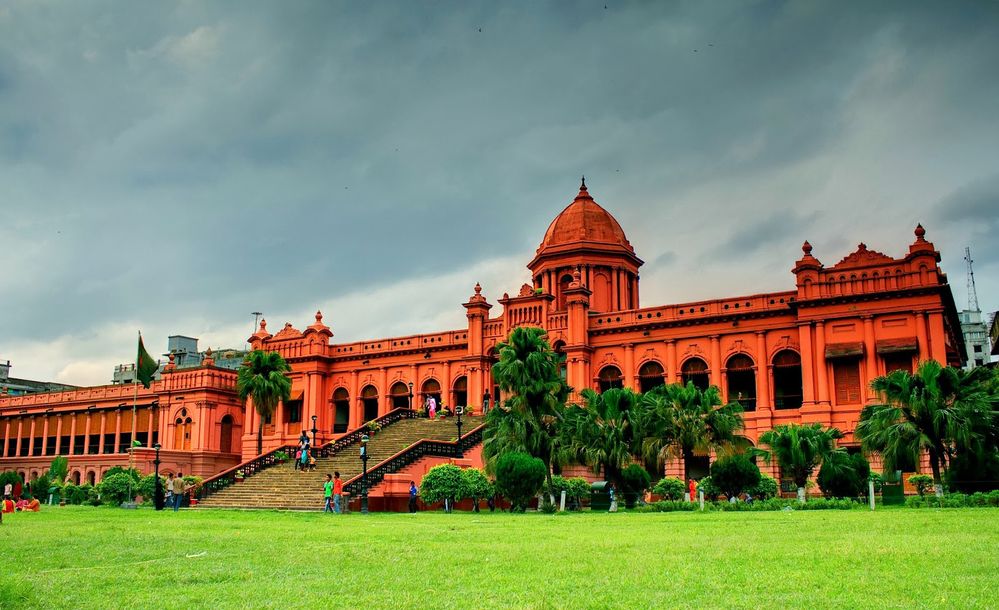Ahsan Manzil (construction: 1859–1872; historic preservation: 1985–1989; inauguration: as a museum 1992) is to learn the colonial-era history of Dhaka. The 5.5-acre premises of this palace remain today as an architectural reminder of the elite life of the Nawabs of Dhaka during the heyday of the British Raj in the 19th and early-20th centuries...
Read moreLalbagh Fort (also Fort Aurangabad) is an incomplete 17th century Mughal fort complex that stands before the Buriganga River in the southwestern part of Dhaka, Bangladesh.[1] The construction was started in 1678 AD by Mughal Subahdar Muhammad Azam Shah who was son of Emperor Aurangzeb and later emperor himself. His successor, Shaista Khan, did not continue the work, though he stayed in Dhaka up to 1688...
Read moreDhakeshwari National Temple (Bengali: ঢাকেশ্বরী জাতীয় মন্দির, romanized: Ðhakeshshori Jatio Mondir) is a Hindu temple in Dhaka, Bangladesh. It is state-owned, giving it the distinction of being Bangladesh's 'National Temple'. The name "Dhakeshwari" (ঢাকেশ্বরী Ðhakeshshori) means so called "Goddess of Dhaka". Since the destruction of Ramna Kali Mandir in 1971 by the Pakistan Army during the Bangladesh Liberation War, the Dhakeshwari Temple has assumed status as the most important Hindu place of worship in Bangladesh...
Read moreJatiya Sangsad Bhaban or National Parliament House, (Bengali: জাতীয় সংসদ ভবন Jatiyô Sôngsôd Bhôbôn) is the house of the Parliament of Bangladesh, located at Sher-e-Bangla Nagar in the Bangladeshi capital of Dhaka. Designed while the country was still part of a Pakistan by architect Louis Kahn, the complex is one of the largest legislative complexes in the world, comprising 200 acres ...
Read more

